In the world of interior design and architecture, communication is everything. Translating abstract concepts into tangible realities requires tools that bridge creativity and clarity ó and thatís where moodboards come in. A well-crafted moodboard is far more than a collage of images; itís a strategic design instrument that aligns vision, materiality, and style across every stage of a project.
Whether youíre developing a residential interior or specifying furniture for a large commercial project, moodboards in interior design help define the creative direction ó ensuring that clients, suppliers, and project teams share the same visual and emotional language.
How to Create the Perfect Moodboard
Creating a moodboard is both an art and a process. The goal is to tell a coherent story ó one that captures the atmosphere, aesthetic, and function of the space. Hereís how to build one that truly works:
Start with a clear concept
Define the purpose of your space. Is it a luxurious hospitality interior, a calm residential retreat, or a bold contemporary workspace? Your moodboard should reflect the essence of this vision and serve as a foundation for future furniture specification.
Curate a consistent colour palette
Colours set the tone of the project. Consider how natural light interacts with your palette and choose hues that evoke the right emotions and complement your chosen materials.
Mix textures and materials
Combine fabric swatches, metal finishes, wood samples, and stone details to create depth and realism. A successful moodboard balances visual inspiration with tactile experience ó a crucial step in interior design concept development.
Keep it focused
Limit the number of elements to maintain a cohesive aesthetic. Every piece on the board should have a purpose ó whether itís communicating texture, scale, or emotion.
Include Real Samples
While digital moodboards are ideal for quick presentations and remote collaboration, physical material samples and finishes bring your concept to life. Clients and project partners can see and feel the materials, which often makes decision-making easier and more confident.
Working with your furniture supplier to source real wood veneers, fabrics, and metal finishes helps ensure that the final specification matches your design intent. Itís also an excellent opportunity to assess material quality, durability, and compatibility under real lighting conditions.
At Laskasas, we understand how crucial this stage is for design professionals. Our team provides customisable material kits featuring authentic samples of our finishes ó from rich woods veneers and metals to premium fabrics and leathers. These can be requested for studio libraries or client presentations, helping you maintain accuracy in both tone and texture. With custom finish options available, you can perfectly match the moodboard to the final furniture piece, achieving true design coherence.
How to Use the Moodboard to Specify the Furniture
Once your moodboard is complete, it becomes an invaluable tool for furniture specification. Each item on the board should connect directly to a product, finish, or custom design.
Align product selection with the concept
Choose furniture pieces that reinforce your visual direction ó whether itís through form, proportion, or material. For example, a minimalist moodboard calls for clean-lined furniture with subtle textures and a refined palette.
Collaborate with manufacturers early
Share your moodboard with your furniture partner to streamline the specification process. This allows them to suggest suitable finishes, tailor dimensions, and even develop costum solutions that align with your creative vision.
The Laskasas team works closely with interior designers and architects at this stage, transforming visual ideas into concrete specifications. Our custom-made furniture for designers enables professionals to adapt dimensions, materials, and finishes to fit each project perfectly. By sharing your moodboard, you allow our team to interpret your design language and propose cohesive solutions that maintain both aesthetic and functional intent.
Ensure continuity across spaces
For large-scale projects, moodboards help maintain design consistency across rooms or zones. By using them as reference points, you can guarantee coherence without repetition ó something Laskasas supports through coordinated collections and custom manufacturing capabilities across all product categories.
A moodboard is more than an early-stage visual ó itís a strategic interior design tool that connects concept, materials, and specification. For interior designers and architects, it streamlines communication, enhances collaboration, and ensures that every design decision remains true to the original vision.
With Laskasasí expertise in custom furniture and material sampling, professionals can bridge the gap between concept and completion ó turning moodboard ideas into beautifully crafted, cohesive interiors.
Request Your Material Samples
Bring your moodboard to life with real materials that speak your design language.
Request your Laskasas sample kit today and discover how our handcrafted finishes and custom furniture solutions can elevate your next project.
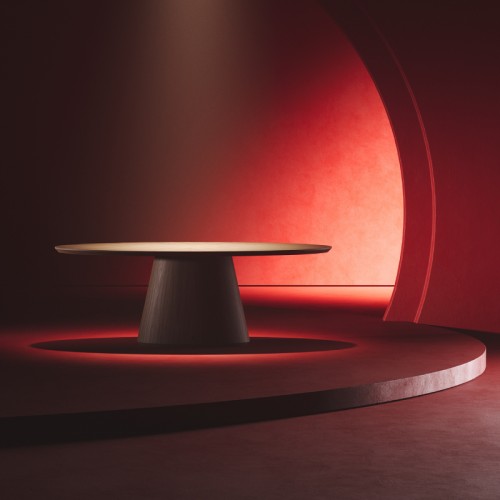
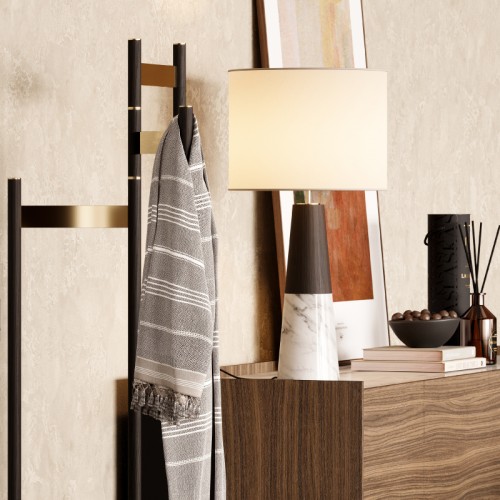

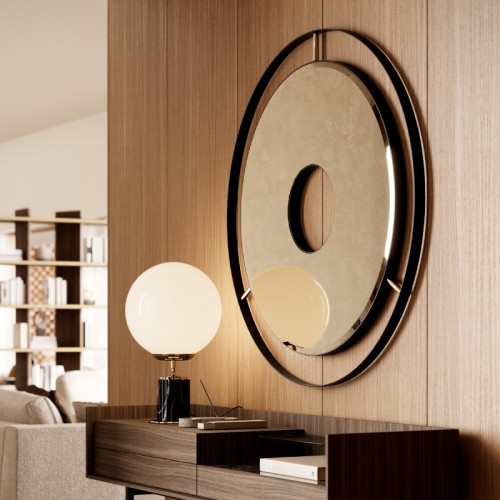
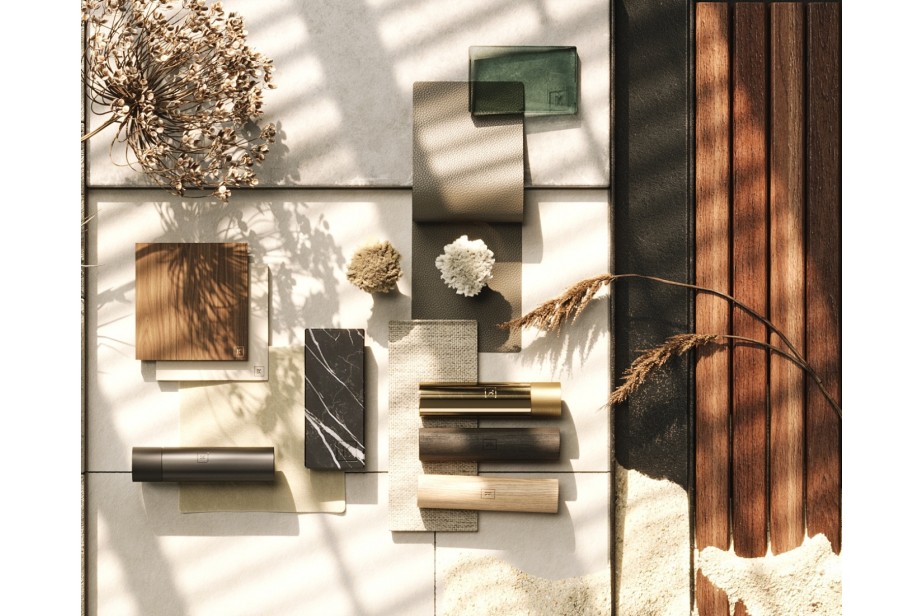
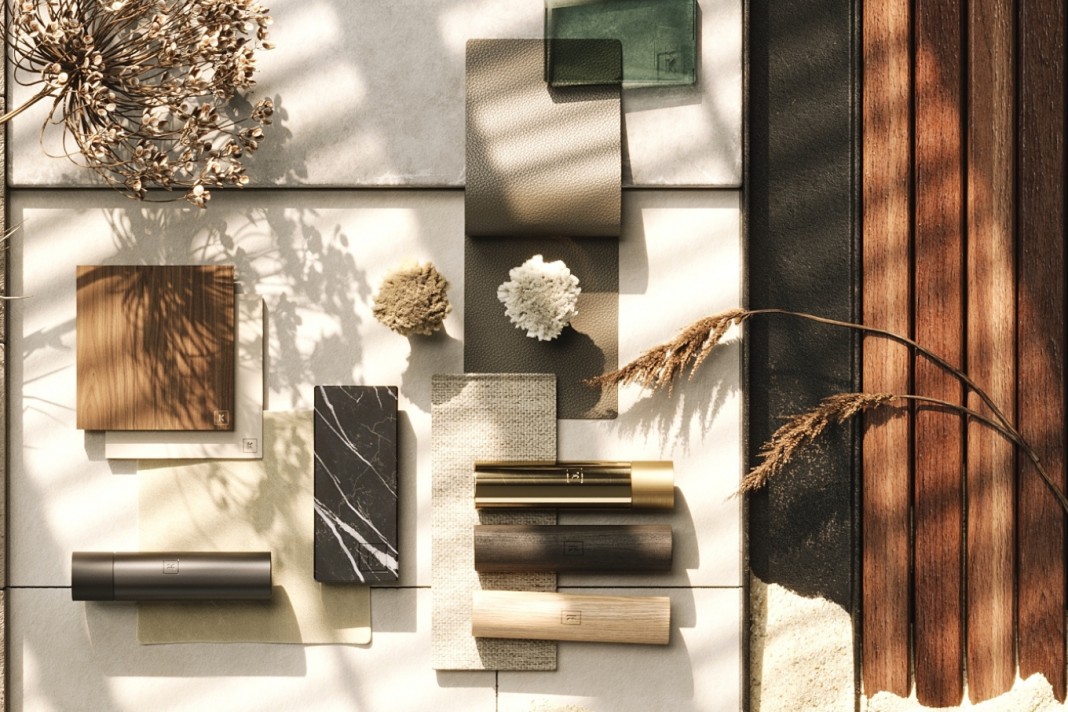
.jpg)
.jpg)
.jpg)




